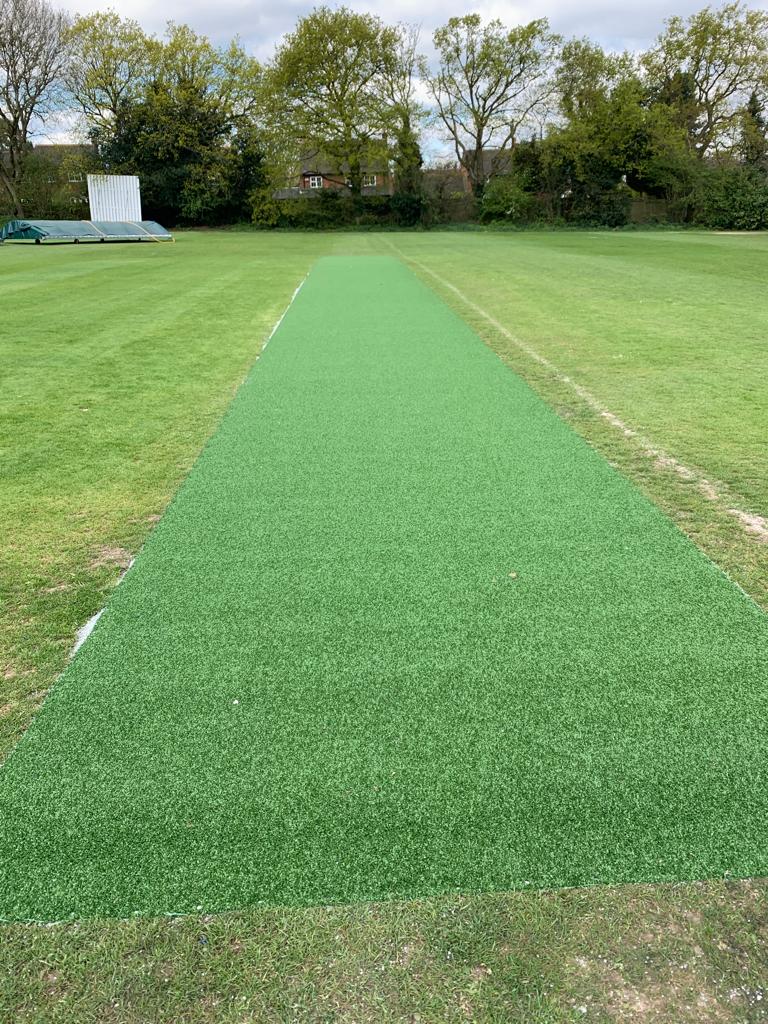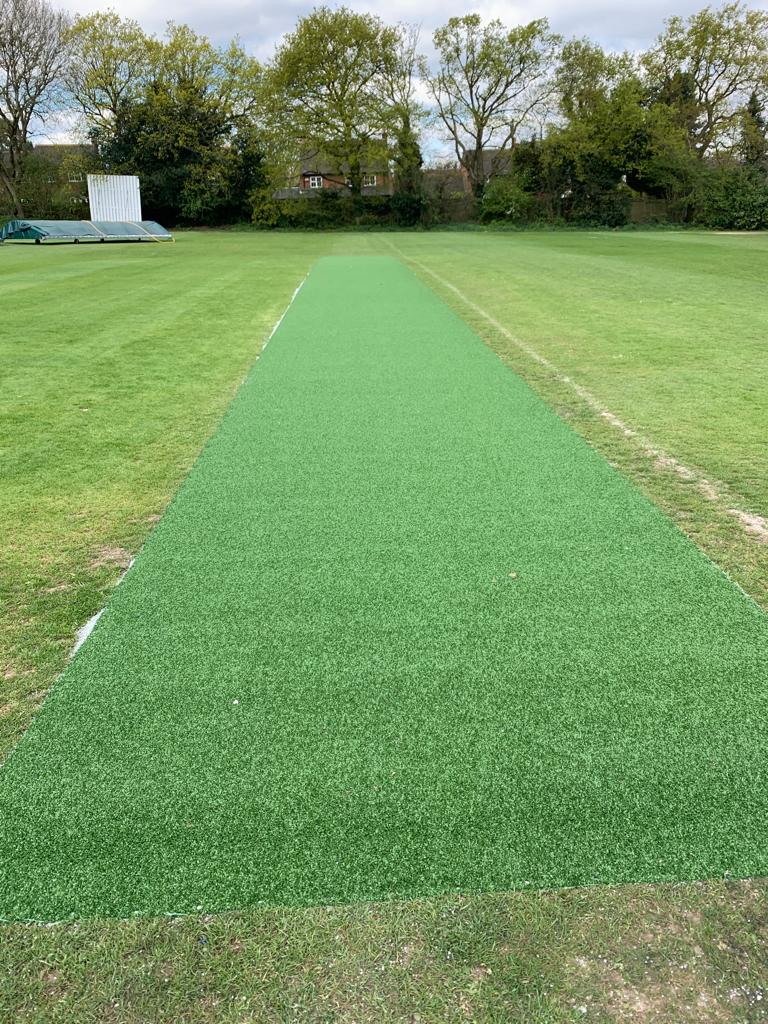About Non-Turf Pitches
Non-Turf cricket pitches and nets provide an alternative playing surface to natural turf where additional high wear surface can help to provide cricket where space is limited or when a large number of people, such as a school want to play cricket, or where it is difficult to maintain natural turf to the required safety and performance standards. Non-turf surfaces are also used for practice and training purposes.
Pre-season Maintenance
Always follow the manufacturer’s maintenance guidelines/recommendations – if you do not have a copy – contact the supplier. Always check the requirements of your warranty.
There are two main construction methods of non-turf surface: 1. Engineered base- solid concrete or tarmac base. 2. Dynamic base – compacted granular stone designed to mimic the way a natural pitch plays. Make sure you establish which one you have as the maintenance procedures are different.
Synthetic surfaces are not maintenance free; the carpet needs cleaning and a dynamic base need re-levelling and rolled on a regular basis with a light roller, ideally pushed and pulled and not driven by a motor to reduce wheel slip.
Refer to your manufacturer's instructions on the right moisture conditions for carrying out maintenance including rolling of a dynamic base.
Lack of maintenance will cause the surface to become dirty, and a lack of rolling can cause the surface to become uneven and even dangerous in some circumstances.
Weed and moss need to be controller - this can be achieved using regular brushing which also helps to stand up the pile avoiding a nap (permanent laying over of the pile) which in turn helps drainage reducing likelihood of moss forming. Individual weeds can be removed by hand.
This should be done frequently to avoid formation of large weeds, particuarly those that have 'tap roots' such as plantains and mature dandelions as these can damage the carpet backing and integrity.
Edges can be maintained by hand to help define the pitch - some overgrowth of the margin is factored in to hold the carpet in place but this should not exceed ca 75 mm each side and should be trimmed to straight lines - be careful not to cut through the backing of the carpet when doing this.
Only if necessary, weed and moss can be controlled using suitable products for synthetic turf to prevent excess grass ingress. Always follow the product label and conform to applicable pesticide legislation when using herbicides or other pesticides. Always apply plant control products in full accordance with the law and the product label - if in doubt use a contractor. Be very careful not to spill products on your square or outfield as they will damage the grass. Pay particular attention to the condition and controls of any equipment used to make sure equipment is not dripping (or you will see a characteristic trail of damage to and from the square). If in doubt stick to manual methods.
Always check for tears in the carpet and shockpad and repair where necessary to reduce injury risk and to prevent further damage to the surface. Repairs should be made by someone with the right materials and equipment to make a safe repair - contact your supplier for information.
Benefits
- Reduces the wear and use on the main square
- Uniform surface for games and training
- A surface to allow intense practice, improving skill levels
- Good consistent surfaces for junior training and matches, developing skill levels.
Practical Tips
The ECB provides advice on developing your non-turf cricket pitch project, including advice on selecting non-turf pitches, a code of practice for installers and a list of ECB approved non turf pitch suppliers installers Click here for more information
- Non-turf pitches are not all weather, but they can be used more often than grass pitches, ideal for developing skills of all players (Adult, Juniors).
- Non-turf pitches are lower maintenance but not maintenance free.
- Remember that on match pitches, the bowlers run ups can get very worn, the pitch can take more games, always consider the run ups, and give time to maintain and repair when needed.
- Move junior creases to spread wear over time.
- Remember also that although your non-turf pitch may be useable in wetter conditions, an adjacent square could still be wet and susceptible to damage from fielders.



 Tweet
Tweet